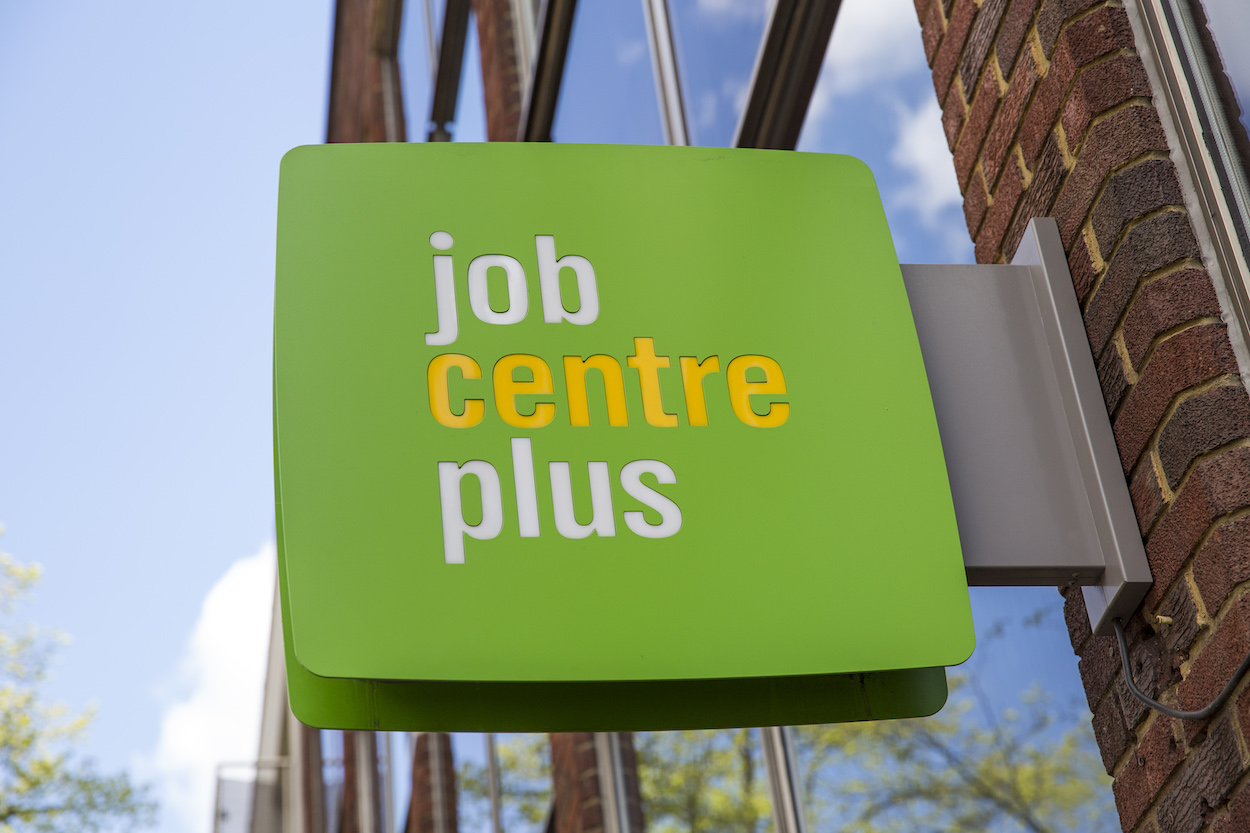For perhaps the first time in its history, the Office for National Statistics does not know how many employed, unemployed and economically inactive people there are in the country. This morning, the monthly labour market figures were due to be published. But late last week news slipped out that the employment portion of the release would have to be delayed. The reason: plummeting survey response rates.
You simply cannot make decisions about which levers to pull if we do not know how many people are in work
Each month, Britain’s statisticians work out how many people there are in the workforce based on responses to a national ‘Labour Force Survey’. But for the last few years, the quality of that survey has diminished. Ten years ago more than half the households questioned would respond. By the end of 2019, it had fallen to just under 40 per cent. Now it’s less than 15 per cent. Those who do fill in the form tend to be older and more likely to be at home – skewing the figures.
Responses to the survey are now so low that the ONS has been forced to delay the main indicators of Britain’s workforce while it works out ways to ‘produce the best possible estimates’ (guess) the results.
It’s a worrying development for our economy and those who drive it. You simply cannot make decisions about which levers to pull if we do not know how many people are in work, looking for jobs or out of the labour market completely. Have we really lost hundreds of thousands of workers since the pandemic? Are a record number of workers off sick? It seems we just don’t know. Worse still, the rate-setters on Threadneedle Street rely heavily on this information for deciding interest rates. That too will have to become guesswork.
Still, the ONS did manage to get some figures out this morning including the latest on wages. Brits are getting a pay rise. Average growth in pay excluding bonuses was 7.8 per cent – one of the highest annual growth rates since records began 22 years ago. Throw in bonuses and it was 8.1 per cent. The result: a 1 per cent increase in pay in real terms.
Public sector pay shot well ahead of private wages again this month due to the one-off payments made to NHS and other public sector staff this summer. Total pay, including bonuses, jumped to 12.5 per cent in the public sector – the fastest growth since records began. For the private sector, it was just 7.1 per cent. Strip out bonus payments though and the private sector remained on top.
However, earnings data from HMRC showed median earnings falling sharply from 8.3 per cent last quarter to 7 per cent now and it suggests the limited wage growth Britain’s workers have seen has peaked. That data also suggested a fall in total employees, suggesting high interest rates are starting to take effect. There are fewer jobs on offer now too, with vacancies falling by some 43,000 since June. That’s over a quarter of a million fewer jobs on this time last year – though still nearly 190,000 more than pre-pandemic.
Overall, the limited data we have suggests the jobs market has finally cooled. As a result, markets and economic pundits alike reckon interest rates have peaked and no further rises are in store. That’s the good news. The bad news is that they’ll stay at that 5.25 per cent peak until late next year at the earliest.
A smattering of good news then in the limited figures that the government was able to produce. But the fact that they failed to come up with numbers that are vital for running the country is worrying. Delaying the figures is a drastic step and one that wouldn’t have been taken without serious concern about bias within the figures. As with GDP, could we find out our labour market hasn’t seen the worst recovery in the developed world? Or are things even worse than feared? Keep your eyes peeled for next Tuesday.








Comments